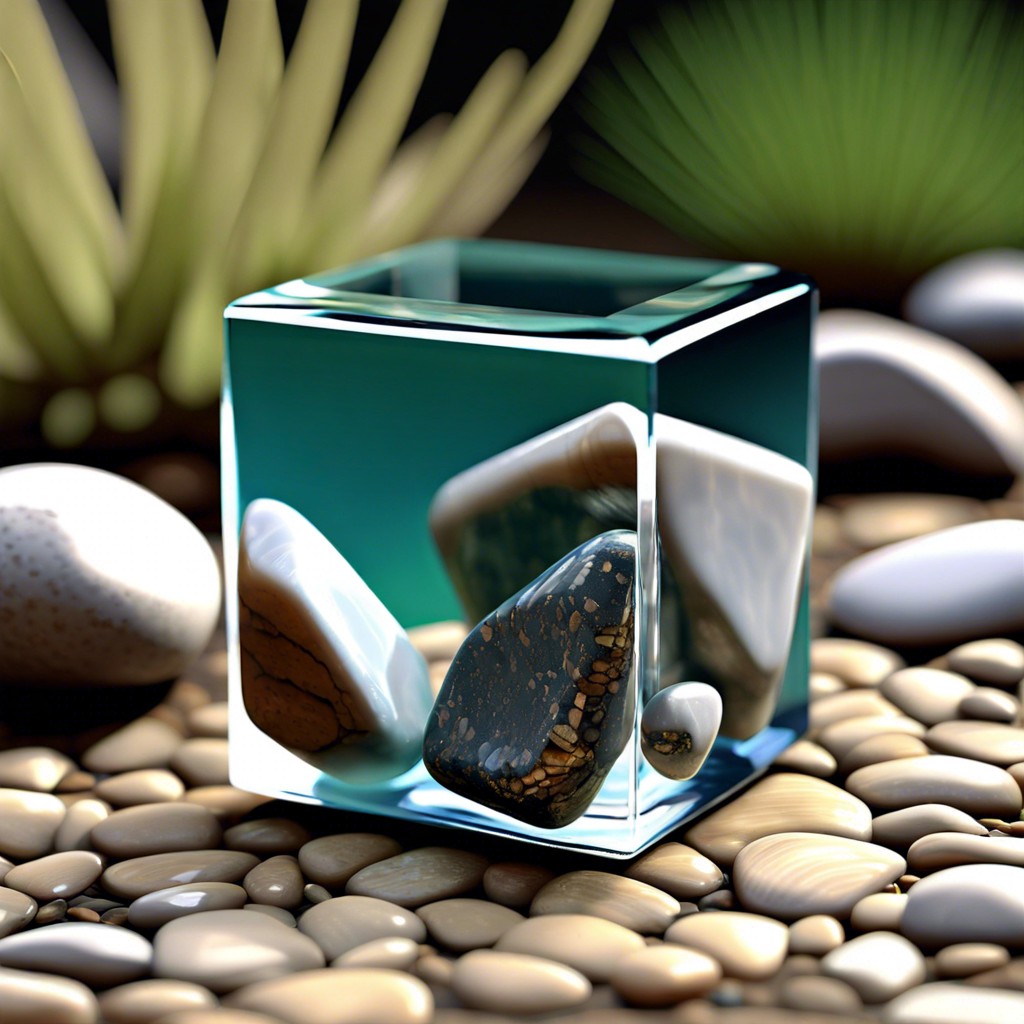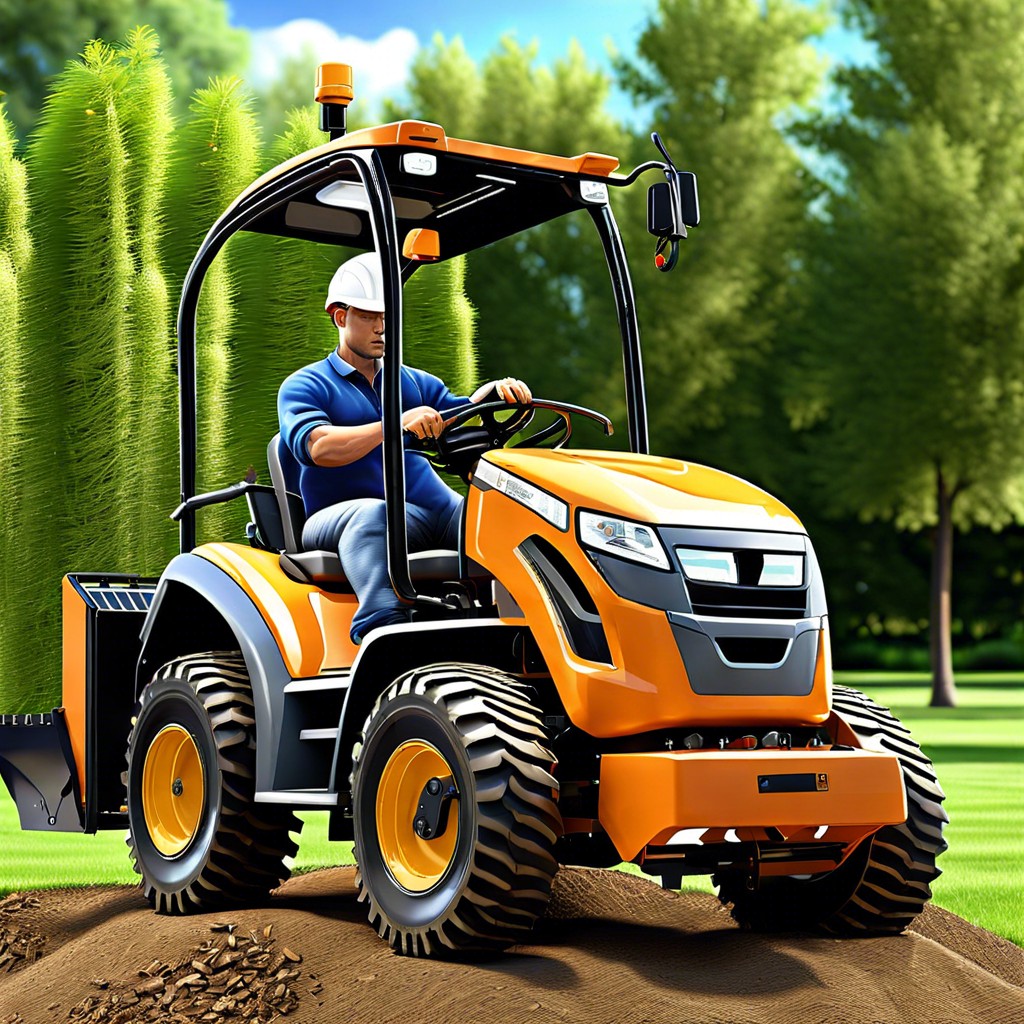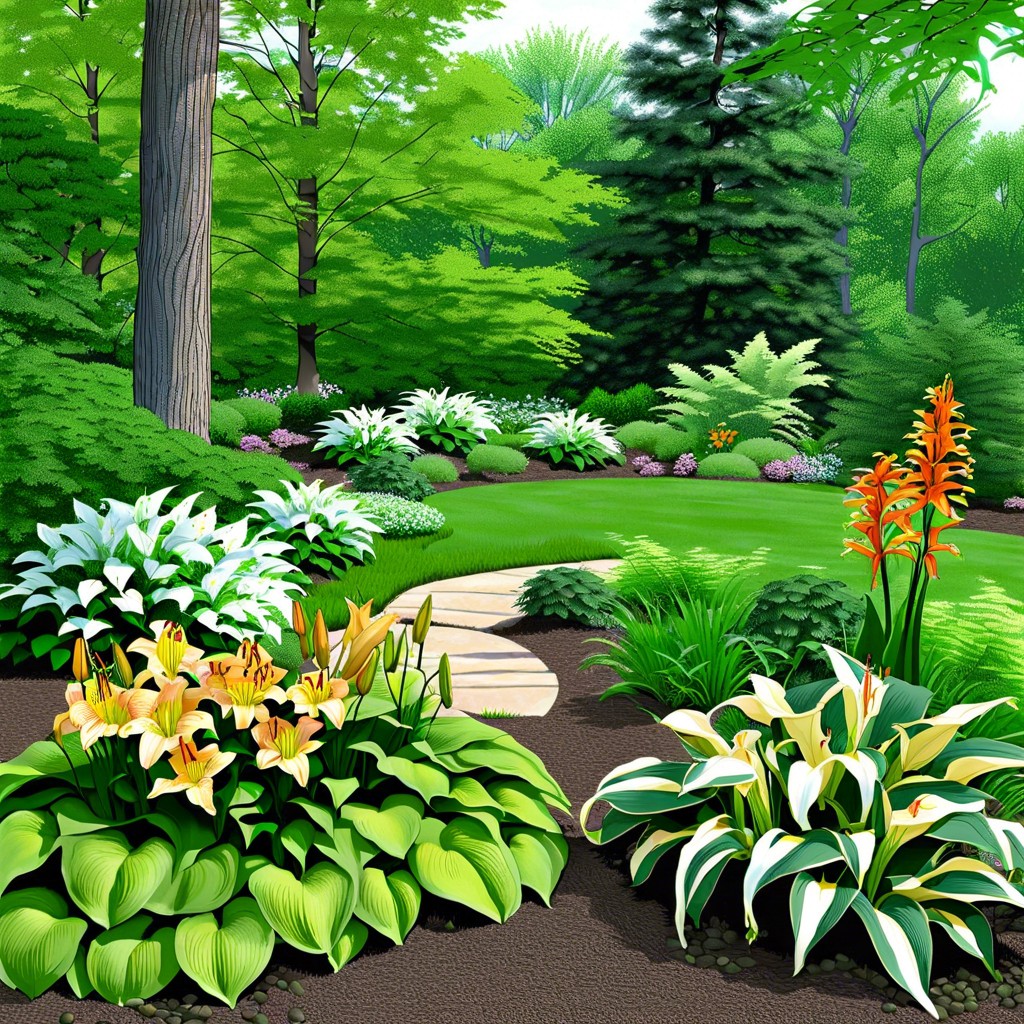Adding different textures to your landscaping design can be achieved by using a variety of materials such as gravel, wood chips, stones, and mulch. You can also use plants with different leaf shapes and colors to add visual texture.
Are you looking for ways to make your landscaping design more interesting and dynamic? Incorporating different textures can be a great way to add depth, contrast, and visual interest to your yard.
From natural stone walls to textured plants and foliage, there are many creative ways to incorporate different textures into your landscaping design.
In this blog post, we’ll explore some of the best ideas for adding texture to your outdoor space.
Incorporating Different Textures
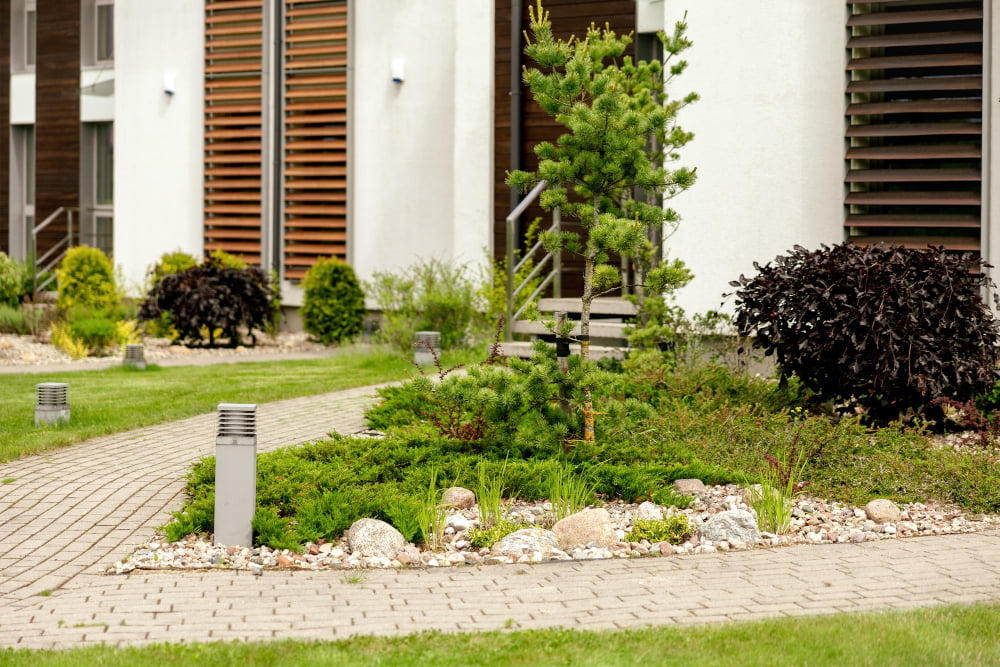
Textures can be used to add contrast, draw attention to certain areas, or simply provide a unique look. Different textures can be achieved through the use of various materials such as stone, wood, metal, and plants.
Each material has its own unique texture that can be used in combination with other materials for a more dynamic effect. For example, combining smooth stones with rough bark chips creates an interesting juxtaposition of textures that will make your landscape stand out from the rest.
Incorporating different colors into your design will further enhance the texture by creating additional contrast and visual appeal.
Plants

By selecting plants with varying leaf shapes, sizes, and colors, you can create an interesting visual effect in your garden. For example, combining large-leaved plants like elephant ears with small-leaved plants like ferns will add texture and depth to the landscape.
Using evergreen shrubs or trees can provide year-round texture while adding structure to the garden. Incorporating flowering plants such as roses or daisies will bring color and life to the space while also providing additional texture through their petals and foliage.
With careful selection of plant varieties that complement each other in terms of size and shape, you can easily create a beautiful landscape full of diverse textures.
Rocks

They can be used in a variety of ways, from creating pathways and retaining walls to adding visual interest with rock gardens or water features. Rocks come in many different shapes, sizes, and colors, so you can easily find the perfect rocks for your project.
When incorporating rocks into your landscape design, it is important to consider how they will interact with other elements such as plants and soil. For example, larger rocks may provide stability for slopes while smaller ones can be used as accents around flower beds or along pathways.
Certain types of rocks may require special care when it comes to maintenance and upkeep; for instance, limestone requires more frequent cleaning than granite due to its porous nature. With careful consideration of these factors, you can create an attractive landscape that incorporates the unique textures of various types of rocks.
Mulch

It is a layer of material that is spread over the soil in order to protect it from erosion, retain moisture, and improve its fertility. Mulch can be made from organic materials such as wood chips, bark, straw, or compost; or it can be made from inorganic materials such as gravel or stone.
Organic mulches are best for adding texture because they come in various sizes and colors which can create interesting visual effects when used around plants and trees. In addition to providing texture, organic mulches also help keep weeds at bay by blocking out light and preventing them from germinating.
They also provide nutrients to the soil as they decompose over time. Inorganic mulches are better suited for areas where you don’t want any plant growth since they won’t decompose like organic mulches do.
They are also more durable than organic mulches so they will last longer without needing to be replaced as often.
Soil Types
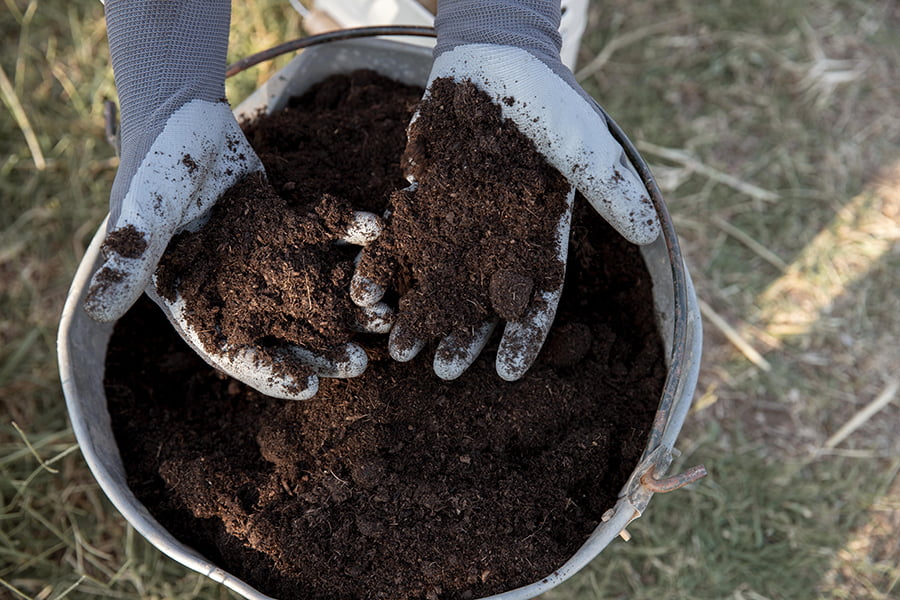
Different soil types can affect the growth of plants, as well as the overall look and feel of a landscape. By incorporating different soil types into your landscaping design, you can create unique textures that will enhance the visual appeal of your outdoor space.
For example, sandy soils tend to be more coarse and gritty in texture, while loam soils have a smoother texture with more organic matter mixed in. Clay soils are dense and heavy with small particles that give them a distinctively smooth feel.
Each type of soil has its own unique characteristics that can be used to create interesting textures in your landscaping design.
Hardscaping Elements
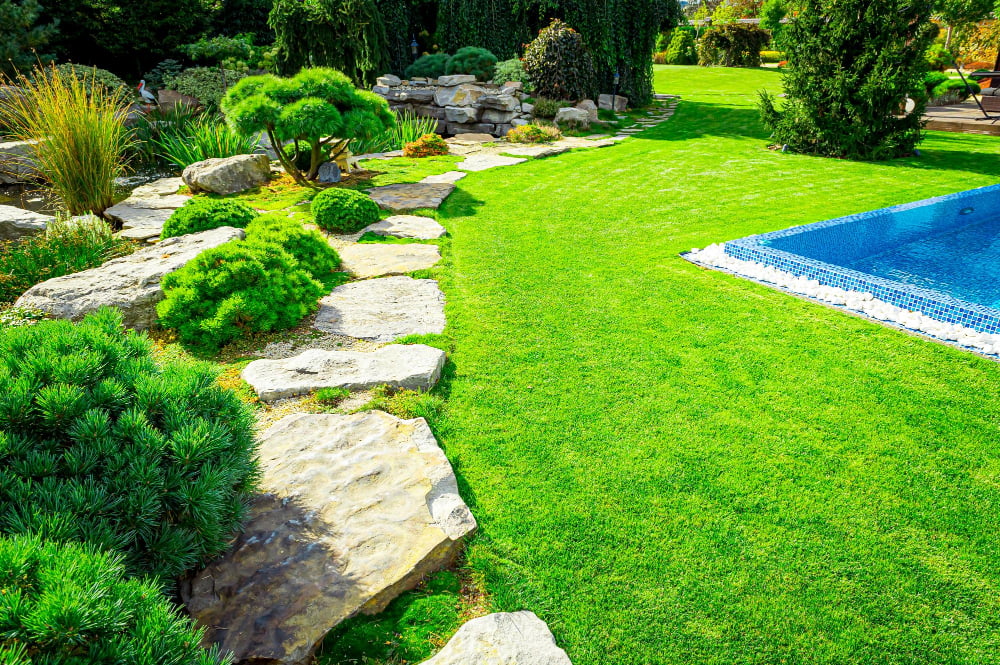
They provide structure and texture to the landscape, creating a unique look and feel. Hardscaping elements can include walls, pathways, patios, decks, steps, retaining walls and other structures made from materials such as stone, brick or concrete.
These elements can be used to create visual interest in the landscape by adding different textures and colors. For example, a combination of smooth stones with rough-textured bricks can create an interesting contrast that will draw attention to the area.
Hardscaping elements can also be used to define spaces within the landscape or provide functional features such as seating areas or outdoor kitchens. By incorporating different hardscaping materials into your landscaping design you can add texture and depth while creating a unique look for your outdoor space.
Water Features

They can range from small, simple fountains or bubbling rocks to large ponds with waterfalls. Water features provide a calming sound and movement that can be enjoyed from both inside and outside the home.
They create an inviting atmosphere for wildlife such as birds, frogs, and fish. Depending on the size of the feature, it may also be possible to incorporate aquatic plants into the design for added color and texture.
When designing a water feature for your landscape, consider factors such as location (sunlight/shade), maintenance requirements (filtration systems), budget constraints (materials used) and safety concerns (depth). With careful planning, you can create an attractive water feature that will bring beauty and tranquility to your outdoor space for years to come.
Lighting Fixtures

They can add texture and depth to a space, as well as provide illumination for safety and aesthetic purposes. There are many different types of lighting fixtures available, from traditional wall-mounted lights to modern solar-powered options.
Depending on the desired look and feel of the landscape, different textures can be incorporated into the lighting fixtures by choosing materials such as metal, glass, or stone. Metal fixtures offer a sleek contemporary look while glass provides a more classic style.
Stone is great for adding texture and warmth to an outdoor area. There are various colors available in each material type that can be used to create unique visual effects in the landscape design.
